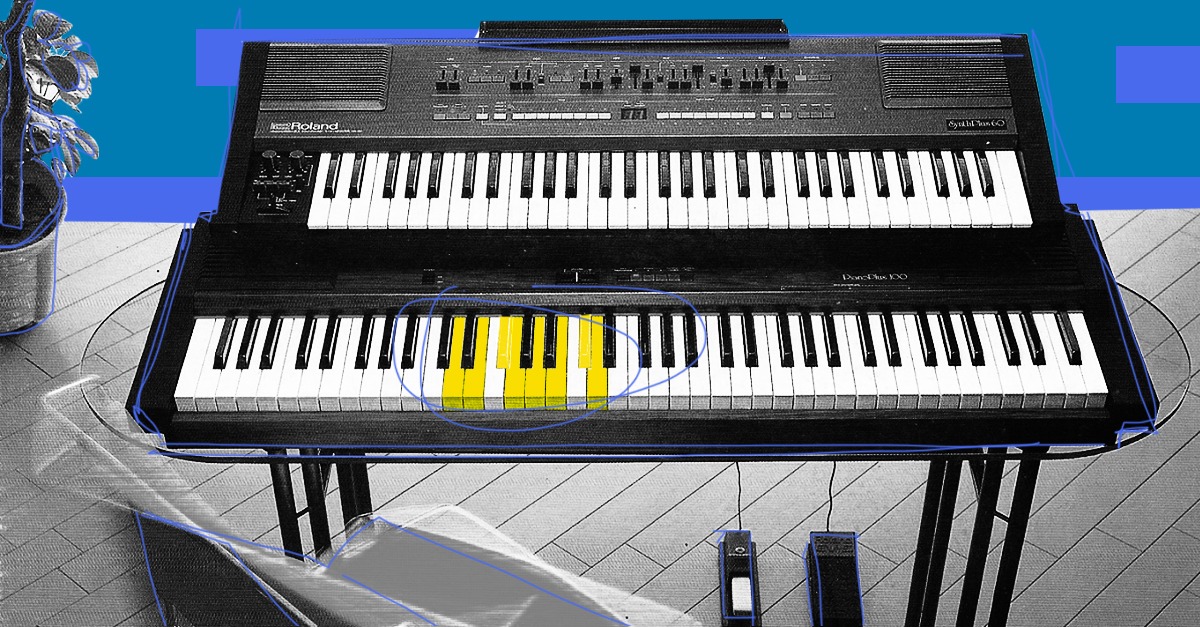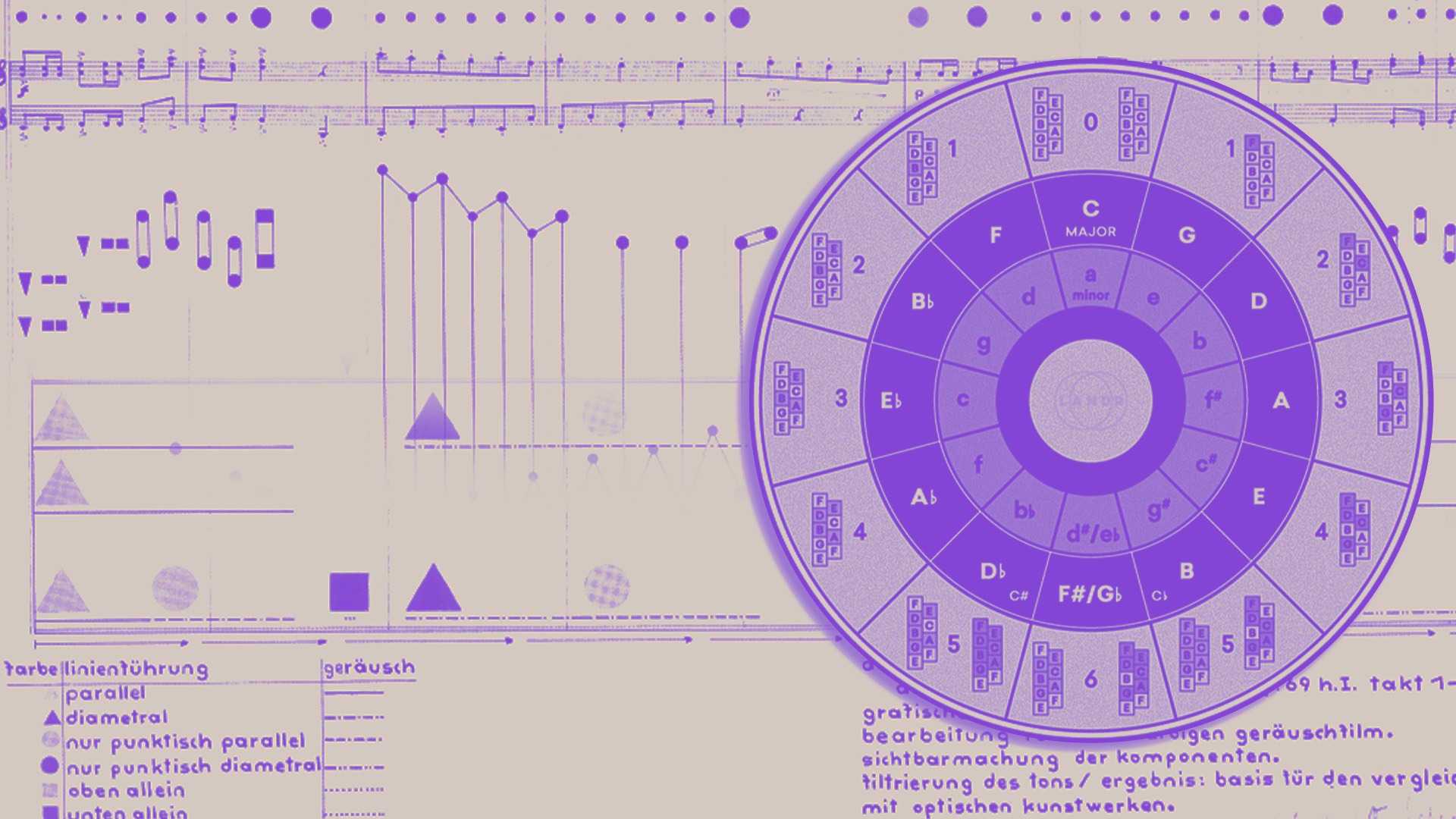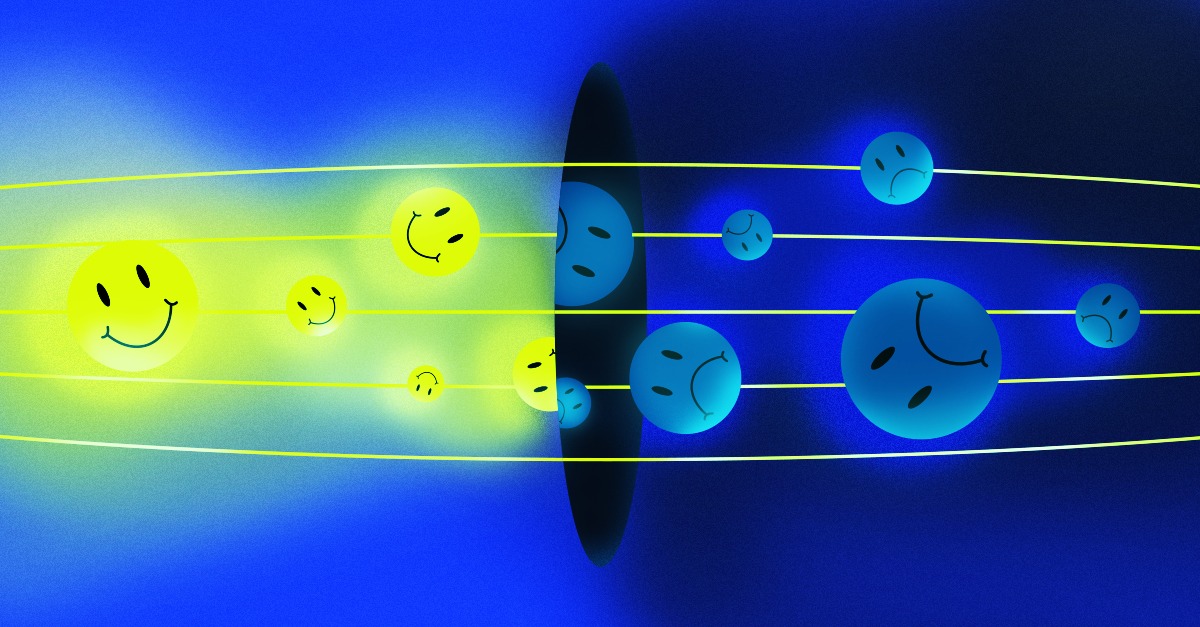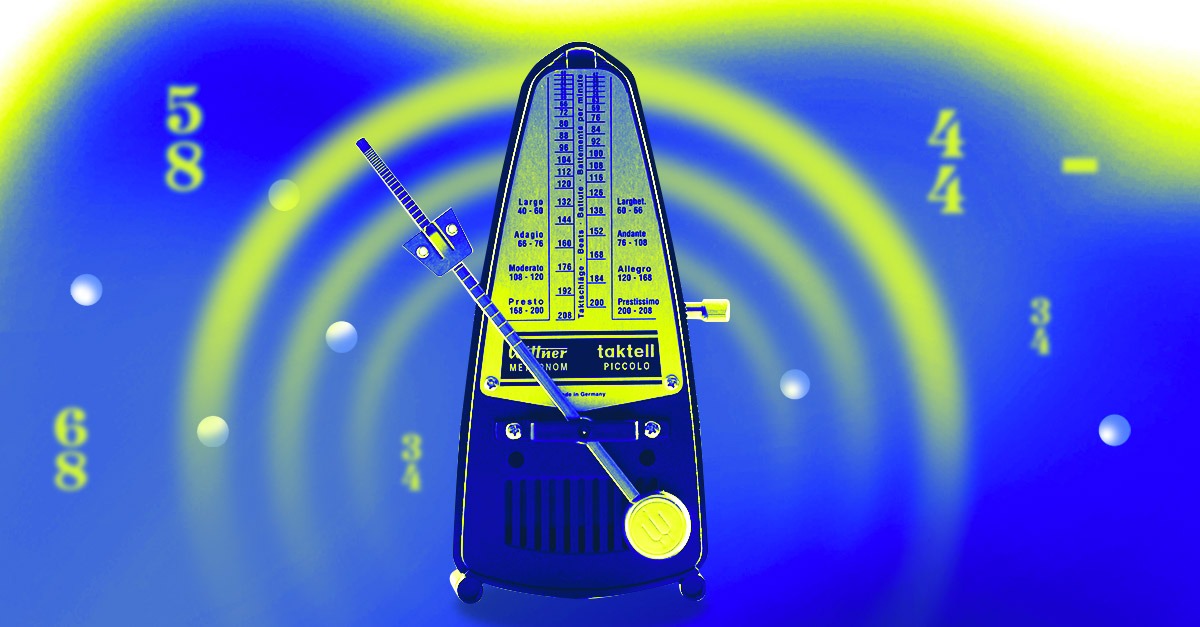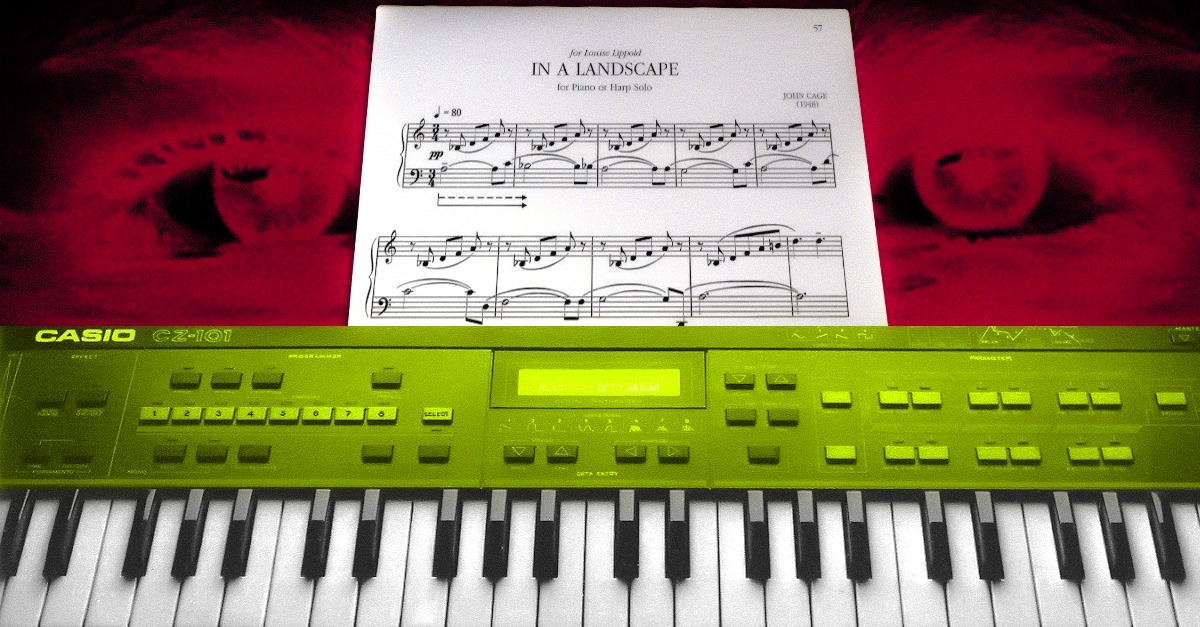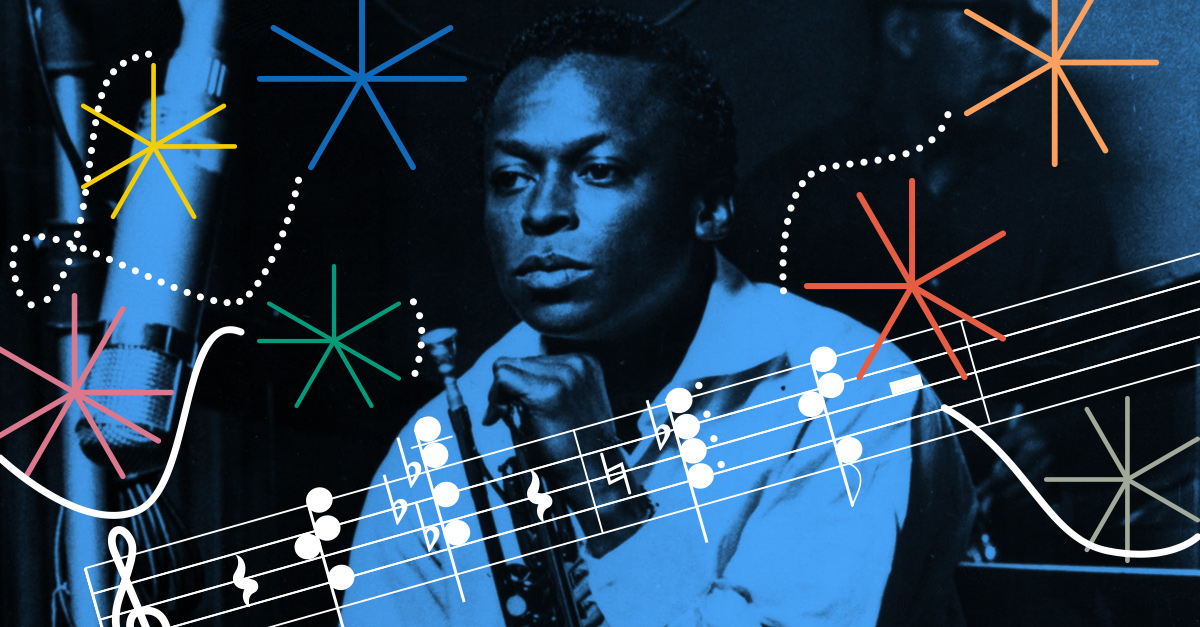
What is a Pickup in Music? Anacrusis Explained in Simple Terms
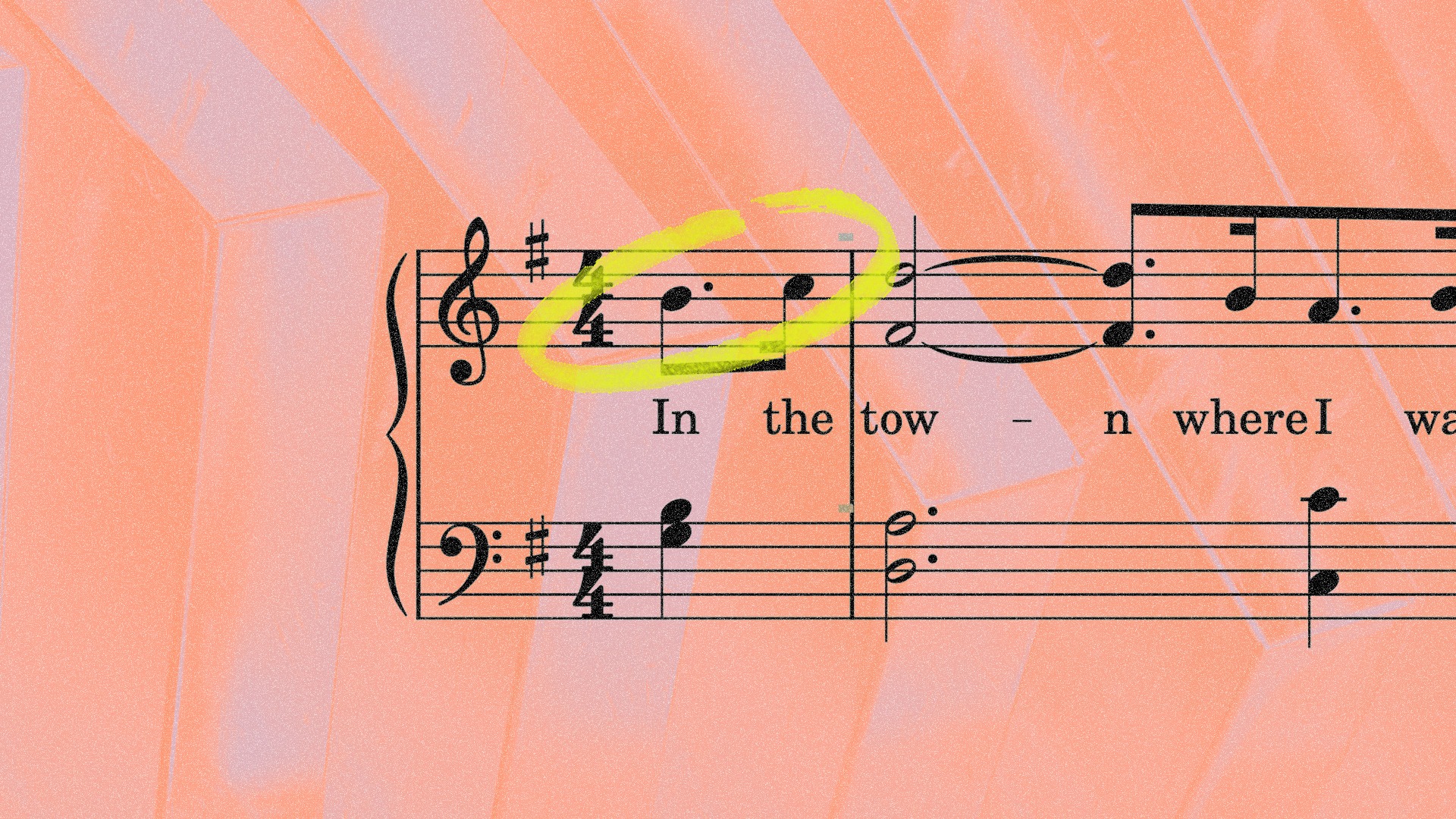
If you’ve ever played in a band or ensemble, you’ve probably come across the term pickup in music.
Sometimes called anacrusis, a musical pickup is a common figure in almost every genre of western music.
But what exactly does pickup mean in music? How does it work and how do you play them properly?
In this article I’ll explain pickups, anacrusis and how they function in a musical phrase.
Let’s get started.
Gear guides, tips, tutorials, inspiration and more—delivered weekly.
Keep up with the LANDR Blog.
What is a pickup in music?
A pickup is a short musical figure that precedes the beginning of a musical phrase.
Typically beginning on a weak beat or upbeat of the previous measure, a pickup provides a melodic or rhythmic introduction to the main melody.
The term anacrusis comes from an association with weak syllables in poetry. It’s sometimes used to refer to pickups in a music theory context.
Musical pickups often join the end of a repeating melodic pattern with the beginning.
This gives the downbeat additional weight and creates a looping quality to the melodic pattern.
An example of a pickup can be found in the melody to the Beatles’ “Yellow Submarine:”
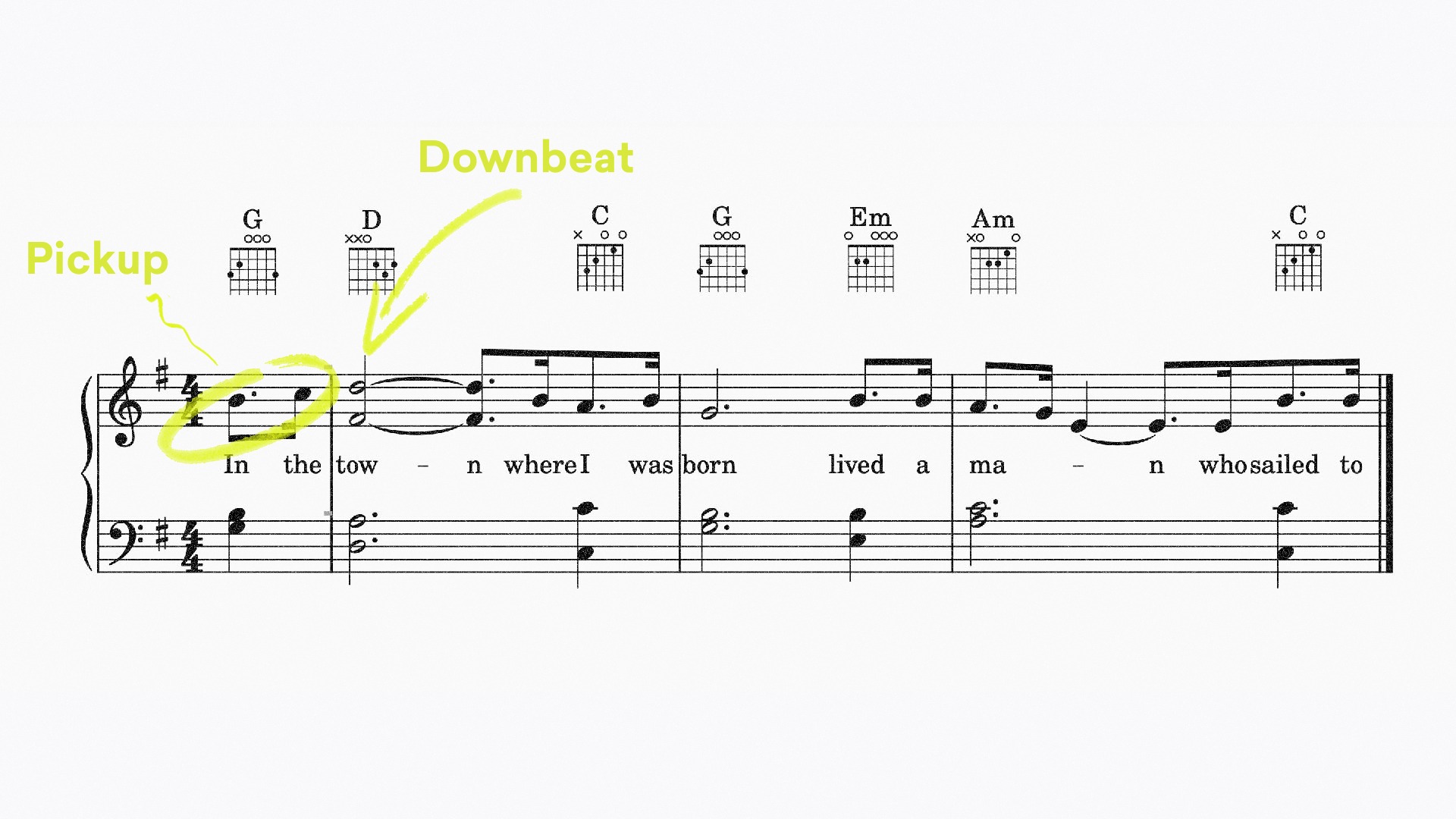
A memorable pickup in this classic earworm melody.
How to count in a pickup
When playing a melodic line that features a pickup, you’ll have to count in properly to start in time.
The trick is to have a solid grasp of syncopation.
This term refers to segments of a musical figure with emphasis on the off-beats of the measure.
If you need to back up and start from the beginning, head over to our guide to syncopation to brush up.
If you just need the basics, the offbeats are the eighth note divisions between the strong and weak quarter note pulses of a measure in 4/4 time.
In music classes, you’ll typically hear them counted using the word “and.”
Here’s how it looks with musical notation:

Musical pickups typically are typically made of weak beats, off-beats or a combination of the two.
To play them, simply count forward from the downbeat of the measure that contains the pickup.
Prepare for the syncopated sections by counting the offbeats in your head using the “and” technique and play the pickup as you lead into the main melody.
How to use anacrusis in music
Pickups can be a powerful tool to make melodies catchy and singable.
Unfortunately, if your melody doesn’t naturally contain one, it’s not always easy to say how to incorporate them.
That said, here are a few situations where pickups can occur to help you recognize them in melodies as you develop them.
1. Emphasizing the downbeat
A strong downbeat gives your phrase a stable foundation to build on as you go.
Get started with music theory
Read our essential guides to the basics and grow your skills.

Pickups naturally highlight the feeling of rhythmic emphasis on beat one of the first measure.
If you find your phrase leans heavily on the downbeat at the beginning, you may be able to make it even stronger with a pickup.
2. Create melodic contour
Pickups commonly provide melodic motion that builds towards the downbeat.
This is most often ascending or descending stepwise motion toward a melody that begins on a chord tone.
In addition to building expectation toward an important note in the phrase, this technique can provide satisfying ornamentation and melodic sophistication.
It can also play a harmonic role when the leading tone occurs in the pickup leading to the tonic.
3. Looping phrases
Some pickup figures echo the melodic or rhythmic fragments that appear at the end of each phrase.
In these cases, the pickup creates a sense of continuity between the start and end of a musical sentence that gives it a looping feel.
Learn how to write great lyrics
A collection of guides to help you get started
If you’ve ever gotten a melody stuck in your head that seems to turn around itself over and over you might know what I mean!
4. Add lyrical content
Sometimes anacrusis helps singers fit in additional lyrical content to give their lines extra impact.
This could be to add contrast to repeated sections or flesh out the context of important lines.
If your lyrics have a natural spot to ornament the start of the phrase, you may be able to use this technique!
Pickup and go
Anacrusis is natural feature of so many melodies, you might not have noticed it unless you’re paying attention.
That said, it’s important to know how they work if you want to play them in written music or incorporate them into your own work.
If you’ve made it through this article you’ll have a great start when it comes to using pickups.
Gear guides, tips, tutorials, inspiration and more—delivered weekly.
Keep up with the LANDR Blog.



